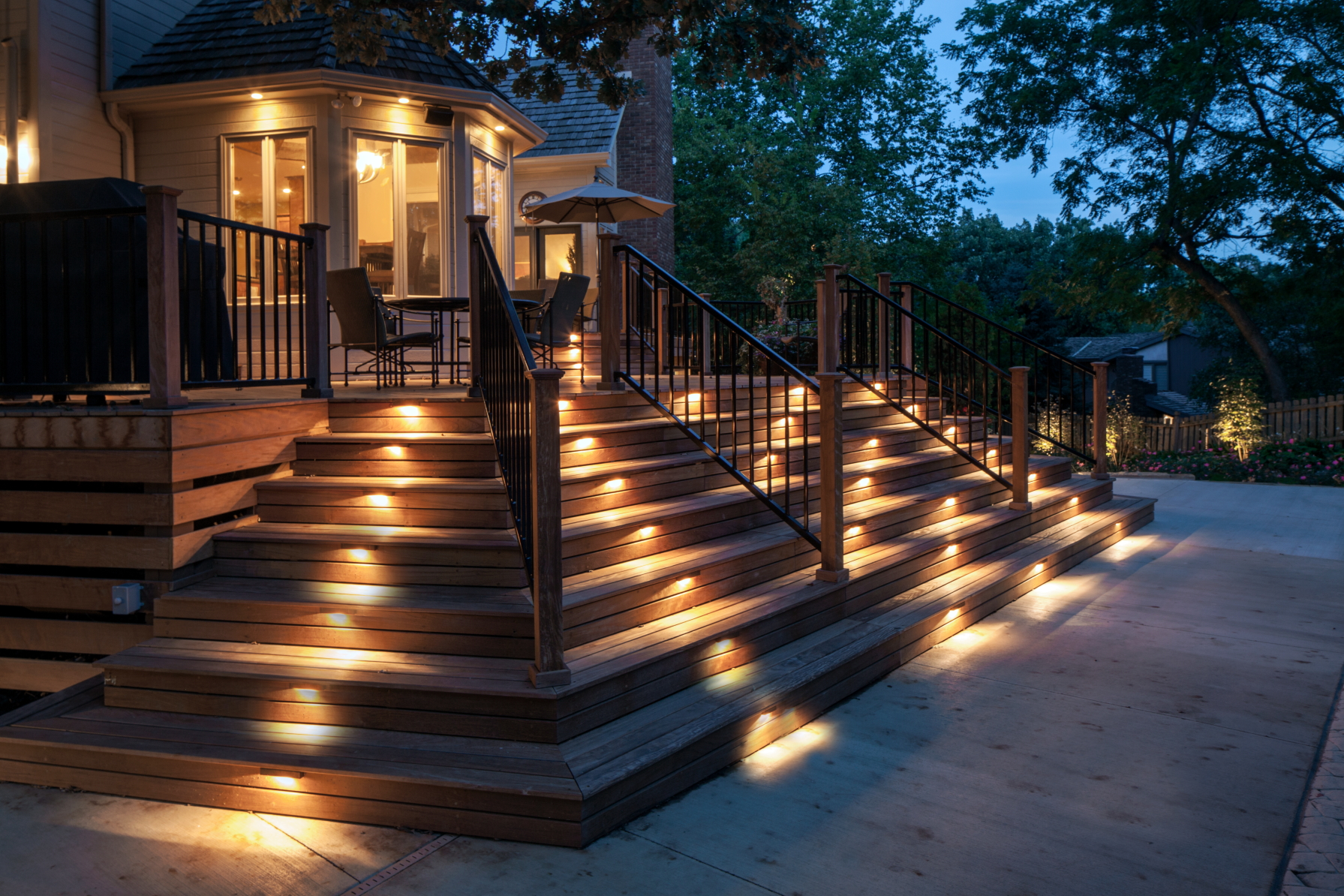Designing a business landscape involves careful planning, consideration of assorted factors, and adherence to particular targets and laws. A well-designed industrial landscape enhances the functionality, aesthetics, and overall attraction of a commercial property. Here are the important thing steps to design a commercial landscape:
Assessment and Analysis:
Site Analysis: Begin by conducting a radical website analysis. Evaluate the prevailing conditions, together with topography, soil high quality, drainage, and current vegetation. Consider any environmental or regulatory constraints which will impact the design.
Client Needs and Goals: Understand the precise wants and goals of the shopper or property owner. This consists of issues like branding, accessibility, upkeep requirements, and finances constraints.
User Considerations: Identify the primary customers of the space, whether or not they are prospects, staff, guests, or residents. Consider their wants, preferences, and how the landscape will serve their requirements.
Concept Development:
Functional Layout: Develop a functional format that defines the arrangement of outdoor areas, pathways, parking areas, and other key components. Ensure that the layout aligns with the supposed use of the property.
Aesthetics and Style: Consider the desired aesthetic fashion and branding of the business property. Choose landscaping parts and design options that complement the overall architectural design and branding identity.

Sustainability: Incorporate sustainable design principles, similar to water-efficient landscaping, native plant selection, and eco-friendly supplies, to reduce environmental impression and resource consumption.
Accessibility: Ensure that the landscape design complies with accessibility standards and regulations, offering equal entry to all users, together with those with disabilities.
Plant Selection and Hardscape Design:
Planting Design: Select appropriate plant species and varieties based mostly on native climate, upkeep requirements, and aesthetic preferences. Consider components like color, texture, and seasonal interest.
Hardscape Elements: Design hardscape features such as walkways, patios, seating areas, signage, lighting, and irrigation methods. Ensure that hardscape materials are sturdy and appropriate with the design aesthetic.
Lighting Design: Develop a lighting plan that enhances security, safety, and aesthetics. Use a mixture of ambient, task, and accent lighting to spotlight key elements and pathways.
Stormwater Management:
Incorporate stormwater administration options corresponding to permeable pavements, rain gardens, bioswales, and detention basins to handle rainwater runoff effectively and reduce environmental impression.
Sustainability and Maintenance:
Select low-maintenance landscaping features and supplies to reduce ongoing upkeep prices and reduce the need for frequent maintenance.
Develop a upkeep plan that outlines common tasks, schedules, and obligations for maintaining the landscape, including pruning, watering, fertilizing, and pest control.
Cost Estimation and Budgeting:
Prepare a detailed value estimate for the entire landscaping challenge, together with building, materials, labor, and ongoing upkeep. Ensure that the price range aligns with the client's monetary constraints.
Regulatory Approvals:
Check local zoning codes, constructing regulations, and environmental ordinances to make sure compliance with legal requirements. Obtain More help or approvals earlier than beginning building.
Construction and Installation:
Hire certified contractors and oversee the development process to make certain that the design is applied correctly. Monitor quality control and venture progress.
Post-Construction and Ongoing Maintenance:
After construction, conduct a last inspection to verify that the landscape design has been executed based on the plan.
Implement the maintenance plan to make sure the long-term well being and appearance of the commercial landscape. Regularly evaluate the panorama's performance and handle any points promptly.
Feedback and Adjustments:
Gather suggestions from customers, property house owners, and maintenance staff to determine areas for enchancment. Make changes and enhancements as needed to satisfy evolving wants and preferences.
Designing a industrial landscape is a multifaceted course of that requires expertise in landscaping, structure, and project management. Engaging with a professional landscape architect or designer might help be certain that the final design aligns with the shopper's objectives and meets all needed requirements..
